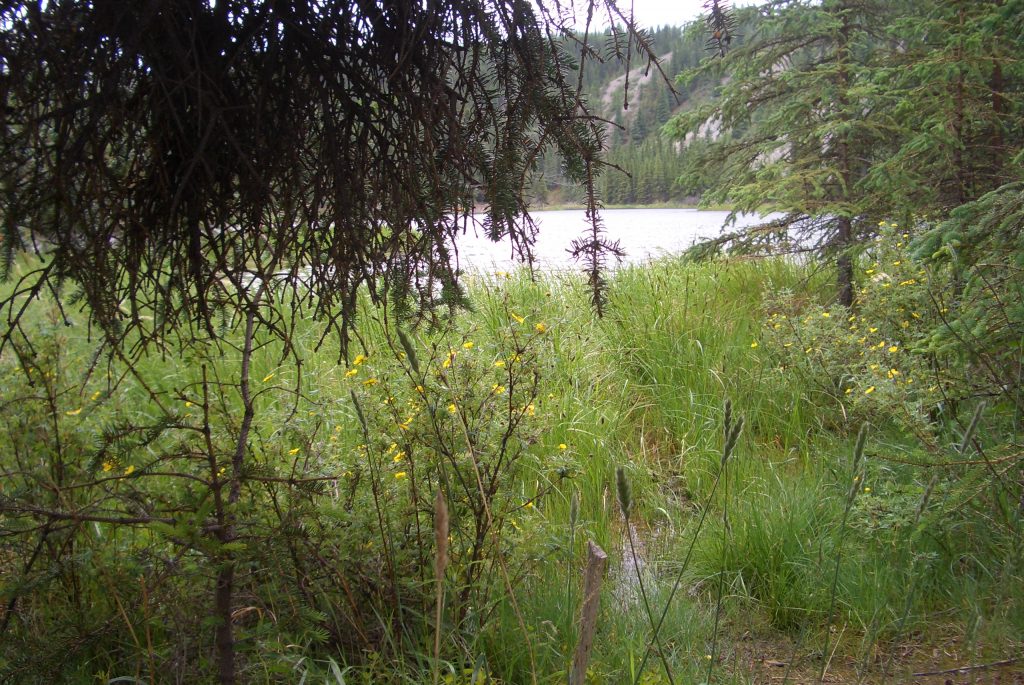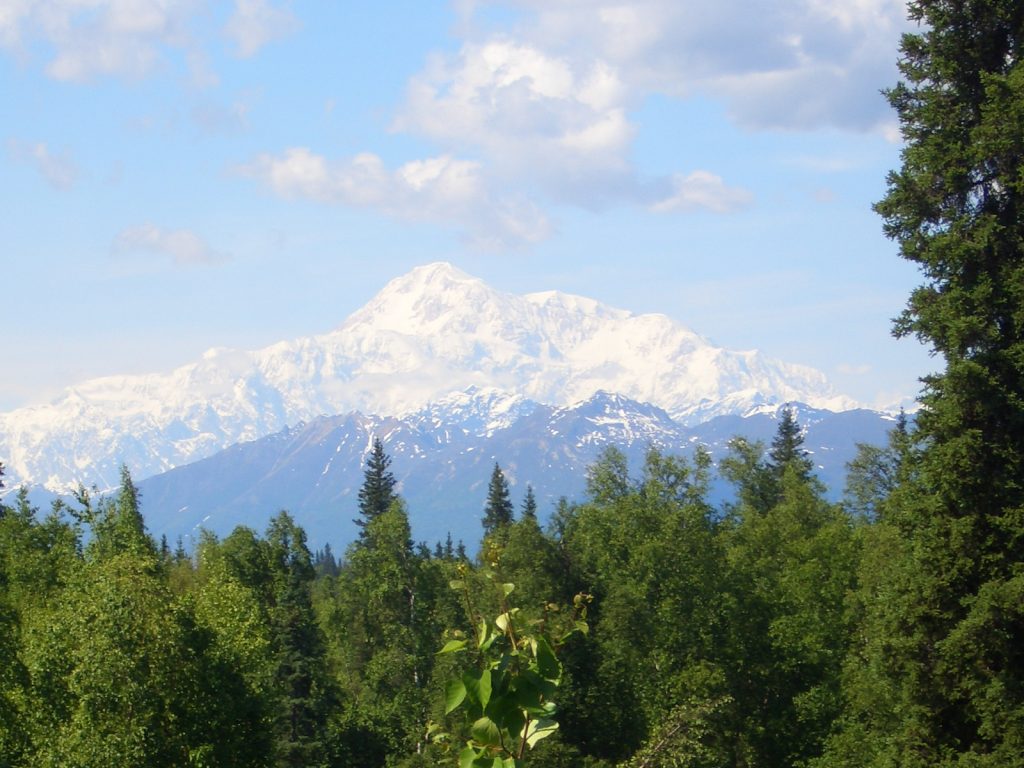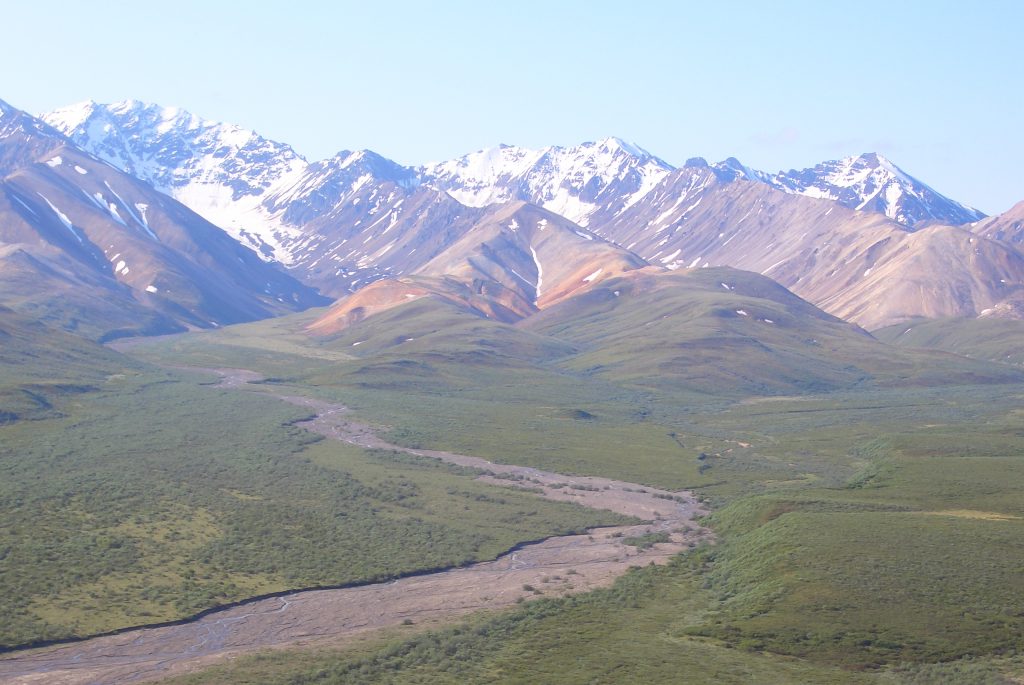I purchased a new laptop in February 2017. I went to the store fully intending to upgrade my “vintage” model with the most recent one. However, things didn’t work out that way.
The newest model from late 2016 was beautiful, sleek, shiny, and incredibly light. But… it only came with Thunderbolt 3 ports and one for headphones. This was already the most expensive model. I knew I would have to shell out additional money for adaptors to connect pretty much anything I would use to my new computer. No USB ports. No CD/DVD drive. No SD card (digital camera). No port for my existing adaptor. Click here to read more about Thunderbolt 3 ports. Thunderbolt 3 ports are advantageous for transferring large amounts of data, video output, and fast charging. However none of these things are necessary for me.
I eventually purchased the older 2015 model because it had familiar ports I could use. I understand Thunderbolt 3 ports are the future, representing superior technology for transporting and displaying information, among other things. But if nobody else has them, it can be a frustrating experience to use the computer with anything else. I would always have to carry adaptors, which seemed inconvenient and annoying. Even the sales person at the Apple store agreed with my decision.
I already experience this type of inconvenience almost every time I give a talk somewhere. Usually when I speak at conferences, they are only equipped to handle a PC connecting to the projector. I developed a habit to pack an adaptor with my gear. A couple of times I’ve forgotten it. Naturally, this has caused me a lot of panic and stress figuring out how to present content on my computer without using my computer. It’s a total pain. Even switching to web-based presentation software, so I can present from any computer, has not resolved the problem. Sometimes the internet connection is bad, or unavailable.
I still ended up buying an external CD/DVD player. I have some DVDs I can’t upload because of copyright. The cost of repurchasing the items digitally was more expensive than the player. And I have some personal CD/DVDs I keep forgetting to upload.
I love how technology advances and improves constantly. However, the transitions are still painful. Can’t technology help us out so we’re not always buying extra stuff to make something new work?



